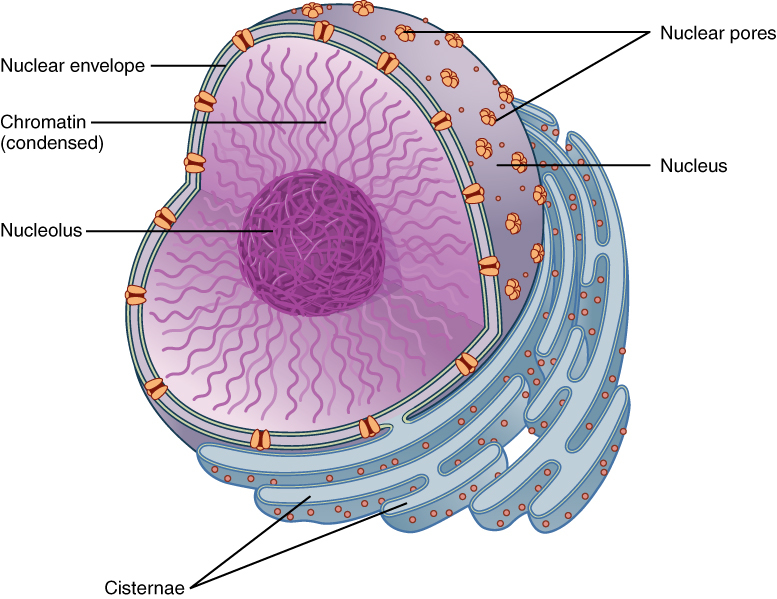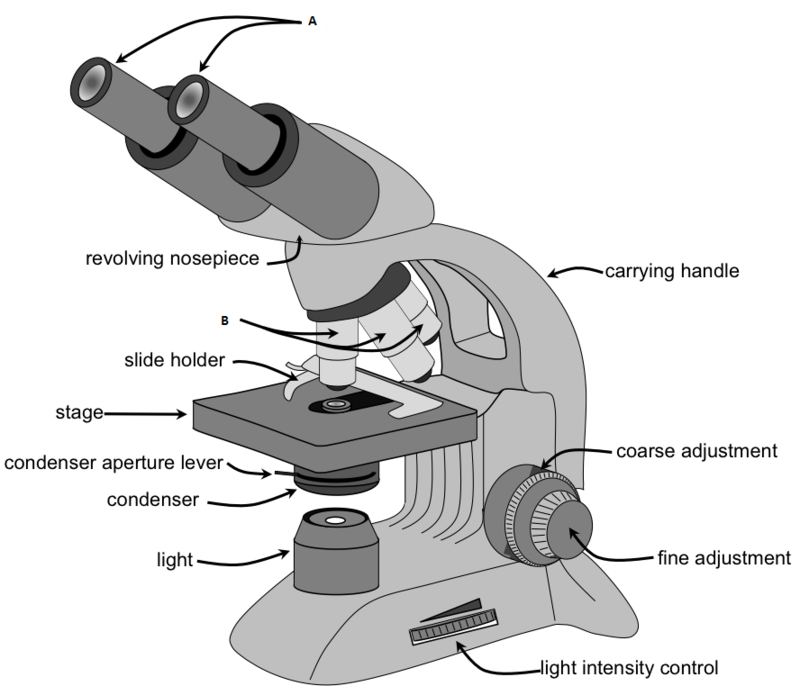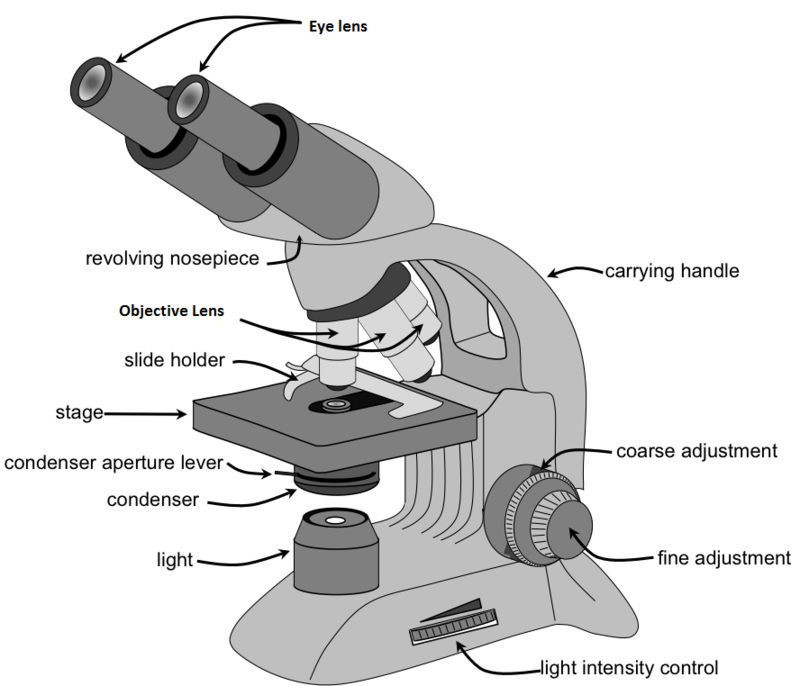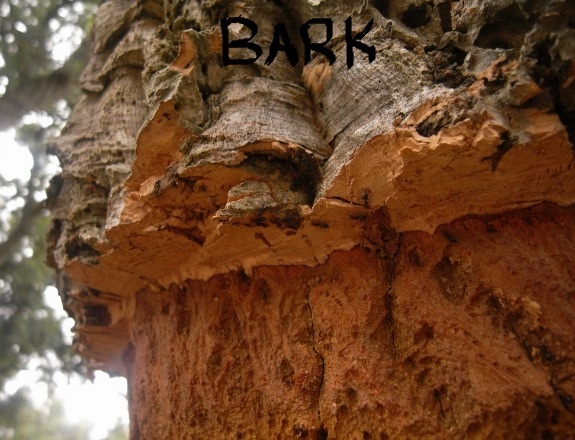9th Grade > Biology
THE FUNDAMENTAL UNIT OF LIFE MCQs
Total Questions : 55
| Page 2 of 6 pages
Answer: Option A. -> ribosomes
:
A
Ribosomes, which are responsible for protein synthesis, are attached to the surface of rough endoplasmic reticulum (RER). Hence, RER appears to have a rough surface and is associated with protein synthesis.
:
A
Ribosomes, which are responsible for protein synthesis, are attached to the surface of rough endoplasmic reticulum (RER). Hence, RER appears to have a rough surface and is associated with protein synthesis.
Answer: Option C. -> He observed the dead cells of cork.
:
C
In the year 1665, Robert Hooke observed cork cells under the microscope.Hooke saw cell walls in cork tissue andcoined the term 'cells'for them, asthe box-like compartments of cork reminded him of the cells of a monastery.Cell is a Latin word for ‘a little room’.
:
C
In the year 1665, Robert Hooke observed cork cells under the microscope.Hooke saw cell walls in cork tissue andcoined the term 'cells'for them, asthe box-like compartments of cork reminded him of the cells of a monastery.Cell is a Latin word for ‘a little room’.
Answer: Option D. -> Bacteria
:
D
Prokaryotic cells like bacteria, are primitive cells which lack nuclear membrane and hence, lack a well-defined nucleus. They do not have the cellular organelles which are found in eukaryotic cells.
Yeast is a fungi and ovum and kidney cells are the animal cells.
:
D
Prokaryotic cells like bacteria, are primitive cells which lack nuclear membrane and hence, lack a well-defined nucleus. They do not have the cellular organelles which are found in eukaryotic cells.
Yeast is a fungi and ovum and kidney cells are the animal cells.
Answer: Option C. -> Osmosis is a special case of diffusion.
:
C
Diffusion isthe process of spontaneous movement of a substance from a region of high concentration to a region where its concentration is low.
Movement of substances across small distances in a cell takes place through diffusion. Osmosis is a special case of diffusion
through a selectively permeable membrane.
:
C
Diffusion isthe process of spontaneous movement of a substance from a region of high concentration to a region where its concentration is low.
Movement of substances across small distances in a cell takes place through diffusion. Osmosis is a special case of diffusion
through a selectively permeable membrane.
Answer: Option C. -> Chloroplasts are a type of plastid.
:
C
Chloroplasts are green colouredplastids which are responsible for photosynthesis. They are double-membraned, have their own genetic materialand contain the green pigment chlorophyll.
Leucoplasts are plastidswhich are responsible for the storage of fat.
The mitochondrion is the major site for ATP synthesis.
:
C
Chloroplasts are green colouredplastids which are responsible for photosynthesis. They are double-membraned, have their own genetic materialand contain the green pigment chlorophyll.
Leucoplasts are plastidswhich are responsible for the storage of fat.
The mitochondrion is the major site for ATP synthesis.
Answer: Option A. -> The ER is responsible for the disposal of cellular wastes.
:
A
The endoplasmic reticulum (ER) is a membrane-bound organelle which helps in the synthesis and transportation of proteins. Rough endoplasmic reticulum (RER) has ribosomes attached to its surface and helps in protein synthesis. Smooth endoplasmic reticulum (SER) has no ribosomes attched to its surface. It helps in the manufacture of fat molecules, or lipids, important for cell function.
Lysosomes are associated with the disposal of cellular waste material.
:
A
The endoplasmic reticulum (ER) is a membrane-bound organelle which helps in the synthesis and transportation of proteins. Rough endoplasmic reticulum (RER) has ribosomes attached to its surface and helps in protein synthesis. Smooth endoplasmic reticulum (SER) has no ribosomes attched to its surface. It helps in the manufacture of fat molecules, or lipids, important for cell function.
Lysosomes are associated with the disposal of cellular waste material.
Answer: Option B. -> Nucleolus
:
B

∙Nucleolus is a naked, round or slightly irregular structure which is attached to the chromatin at a specific region.
∙Generally, 1-4 nucleoli are found inside nucleus.
∙Nucleus is a double-membraned organelle, present only in eukaryotic cells,which containsthe genetic material of the cell.
:
B

∙Nucleolus is a naked, round or slightly irregular structure which is attached to the chromatin at a specific region.
∙Generally, 1-4 nucleoli are found inside nucleus.
∙Nucleus is a double-membraned organelle, present only in eukaryotic cells,which containsthe genetic material of the cell.
Answer: Option B. -> Only statement 1 is correct.
:
B
The cell theory was proposed by Matthias Schleiden (1838) and Theodor Schwann (1839), after studying plants and animal cells independently. It states that:
Cell wall is a rigid outer layer which is present in bacterial, fungal and plant cells, but not present in animal cells.
:
B
The cell theory was proposed by Matthias Schleiden (1838) and Theodor Schwann (1839), after studying plants and animal cells independently. It states that:
- All living organisms are made up of cells.
- Cells arethe smallest units in a living organismthat can perform all the functions of life.
- Rudolf Virchow in 1858 said "Omnis cellula-e-cellula", which means that all cells arise from the pre-existing cells only.
Cell wall is a rigid outer layer which is present in bacterial, fungal and plant cells, but not present in animal cells.



















